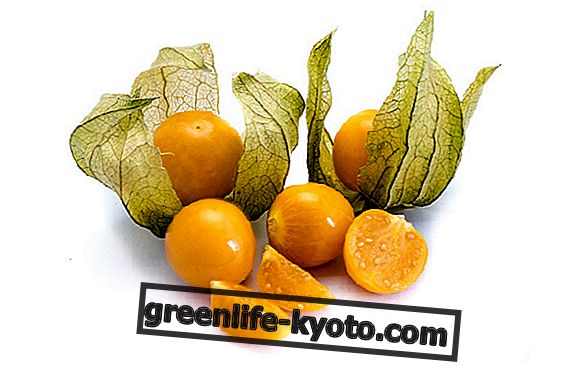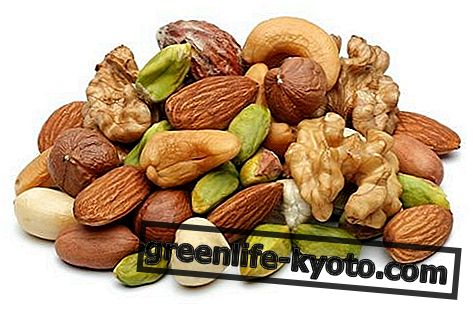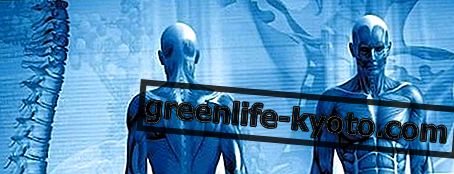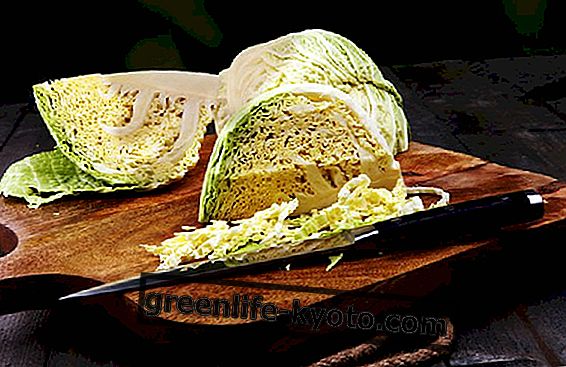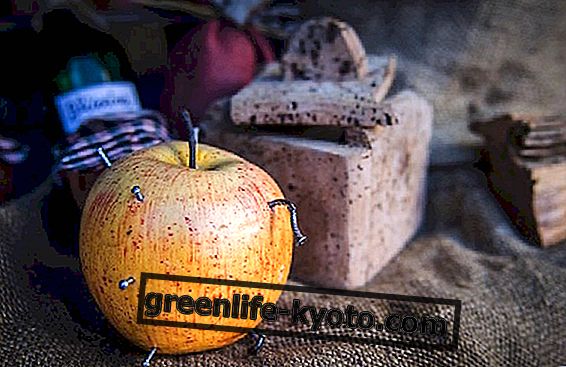
It's easy to say iron . Women (always, almost all of them fighting against iron), vegetarians and vegans know it very well, very informed on the bioavailability and assimilation of nutrients.
The iron contained in foods, both of animal and vegetable origin, is not all always absorbed by our body: the biological mechanisms involved in the assimilation of iron are many and complex.
Let's see together how to better understand how to assimilate iron.
How to assimilate iron
Let us first clarify how much we need each day. Recommended daily allowances (LARN) vary by age and sex; In general we say that for men and women after menopause 10 mg of iron are needed per day, while for women of childbearing age they go up to 18 mg a day and 30 mg a day during pregnancy.
Where do we get the iron from? There are also several foods rich in iron of vegetable origin, not only of animal origin. The difference lies in the substances to which iron is bound: the heme is linked to hemoglobin and constitutes 40% of the iron in foods of animal origin, while the non-heme iron is found in 60% of the total iron of the foods of origin animal and in foods of plant origin .
What's the difference? The heme iron is absorbed - directly with the whole heme group - more easily (about 20% of the iron present in the food) by the human body; the absorption of non-heme iron (about 2-20% of the iron present in the food) that occurs after the detachment of iron from the original molecule and the subsequent binding with sugars or acids, and is strongly influenced by the presence of other substances at the same meal (we will see them later, as "friends and enemies" of iron).
As you can see the "equations" are complex and the assimilation of iron, even for foods of animal origin, is never complete.
To have a good assimilation of iron it is therefore essential to know allies and "enemies" .
How to promote iron absorption in the vegetarian diet
How to assimilate iron: the allies
The best ally to assimilate iron is Vitamin C, which in addition to having significant beneficial properties for the body, promotes the absorption of iron into cells: vitamin C increases the solubility of non-heme iron and renders iron effective. its absorption in the intestine. Fructose and citric acid also have the same effect.
Some processes such as leavening, sprouting and fermentation increase iron absorption.
We recall some excellent sources of vitamin C, to be included in our meals to better assimilate iron: peppers, rocket, broccoli, cabbage, blueberry, strawberries, citrus fruits.
How to assimilate iron: enemies
Especially for the non-heme form, iron assimilation is very sensitive to a number of factors and molecules. Here are some:
- The tannins present in some vegetables but especially in tea and coffee. The tannins bind to metals, in this case to iron , preventing their absorption and intestinal level . If you like them a lot, drink tea and / or coffee away from meals .
- Phytic acid (present above all in radicchio, rocket, spinach), which sequesters the iron preventing its absorption.
- Oxalic acid (present mainly in spinach, beetroot, beets) and polyphenols (present in tea, coffee, red wine and some spices) by binding to iron prevent it from being assimilated.
- The fibers, which absorb the iron molecules and transport them "to the exit", preventing their assimilation. Attention therefore to whole foods and leafy vegetables.
- Calcium, as it acts in competition with iron, in absorption mechanisms. Beware of milk and derivatives.
- Antacids, taken for gastric problems, decreasing acidity do not create the chemical environment suitable for assimilating iron.
The health of the intestine, the organ that physically absorbs iron, is fundamental. Intestinal disorders and celiac disease do not allow the correct assimilation of iron.


